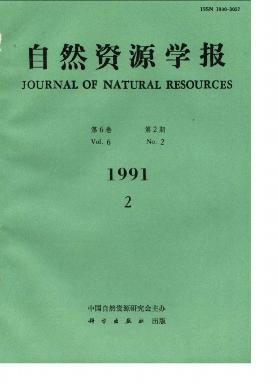Special Column:Celebration of the 70th Anniversary of IGSNRR, CAS
Liu Yanhua, Yang Qinye
In most of the developing mountainous areas, the agricultural production is the main activity on which people depend for their livelihood. The agricultural development is closely related to the environmental condition. The population is closely linked with the agricultural development. Rapid population growth in mountainous areas usually causes the competition for limited resources or, in other words, it increases the pressure on the physical, economic and social environment. Based on this idea, the land system, agricultural development, population growth and their interaction in the Tibet Autonomous Region are discussed in this paper.The land types in the region are very complex and varied. Because the physicogeograph-ical conditions, including elevation, temperature, moisture etc., are unfavourable, only a few of the lands can be used to grow crops and the crop production per unit is not high, too. After analysing the regional differentiation, land, food, population, growth and their interaction, it is pointed that the crop production can not meet the basic or minimum needs of the population. The food consumption of the region depends heavily on subsidy. The high expense for transporting a big amount of food is not economically worthwhile.To solve the unbalanced development of the land, food and population, feasible measures, including expending the area of cultivated land properly, improving the irrigation conditions, increasing the use of fertilizer as well as increasing the agricultural investment should be taken. It is also important that the population growth should be controlled. In the mean while the population quality of the minority nationalities should be enhanced.
